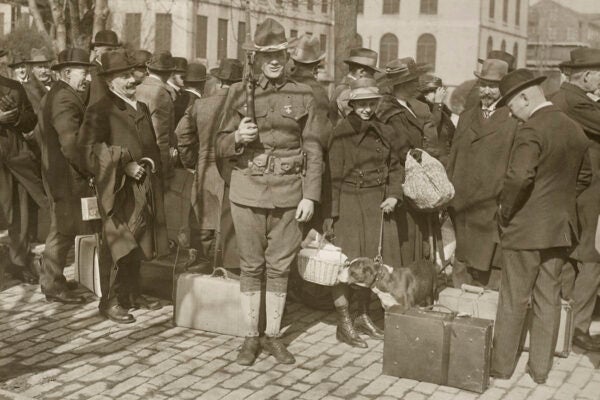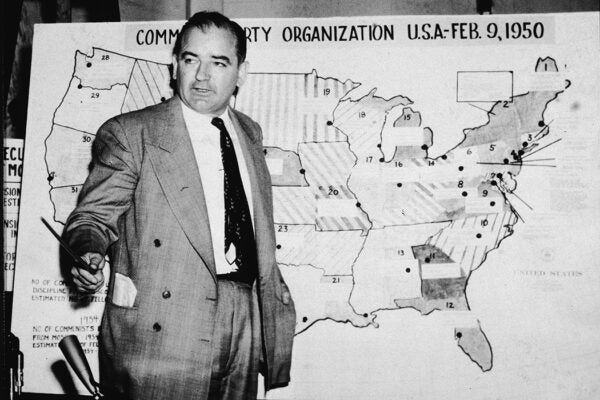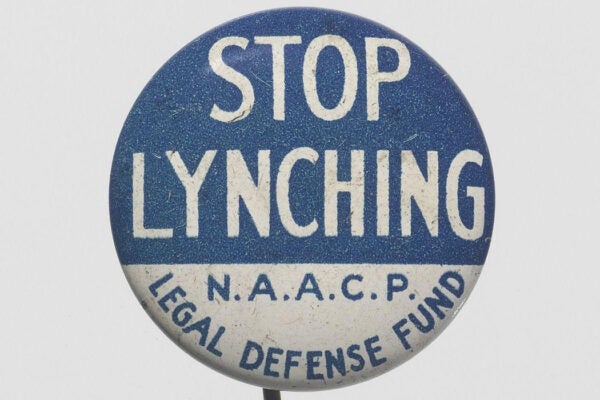The Alien Enemies Act: Annotated
Confused about the oft-mentioned Alien Enemies Act? This explainer, with links to free peer-reviewed scholarship, may help clear things up.
Tips from a Librarian on Using JSTOR for Research
Follow these first steps toward success with your new research project.
Joseph McCarthy in Wheeling, West Virginia: Annotated
Senator Joseph McCarthy built his reputation on fear-mongering, smear campaigns, and falsehoods about government employees and their associates.
10 Sestinas by Modern and Contemporary Poets
The sestina form features the repetition of end words across stanzas. Here are sestinas by Louise Glück, Terrance Hayes, Elizabeth Bishop, Patricia Smith, and more.
Natural History: A Reading List
This annotated bibliography samples scholarship on the rich—and difficult—history of natural history.
Celebrating Women’s History Month
Celebrate Women’s History Month with JSTOR Daily. We hope you’ll find the stories below a valuable resource for classroom or leisure reading.
Ukraine, Russia, and the West: A Background Reading List
Research reports and scholarly articles on the history of the Ukraine–Russia conflicts of the past and possible paths for peace.
“Lynch Law in America”: Annotated
Ida B. Wells-Barnett, whose January 1900 essay exposed the racist reasons given by mobs for their crimes, argued that lynch law was an American shame.
A Presidents’ Day Roundup
Who—or what—do Americans celebrate on the third Monday of February?









